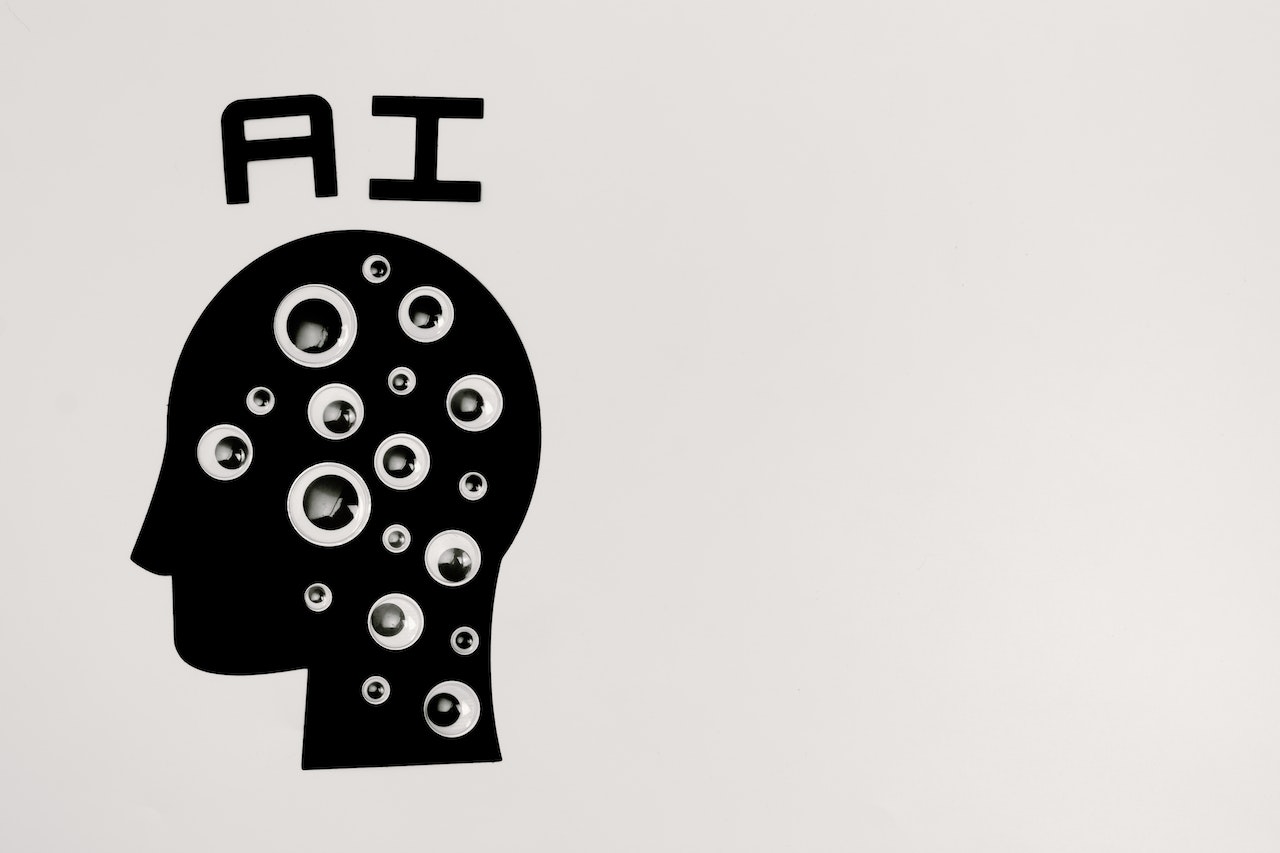
Redefining Leadership: The Transformative Impact of Artificial Intelligence
Redefining Leadership: The Transformative Impact of Artificial Intelligence
In an increasingly digital world, Artificial Intelligence (AI) has become an indispensable part of our daily lives. From healthcare to e-commerce, and now to leadership, AI’s influence is reshaping the way we function. By enhancing decision-making, fostering innovation, and streamlining processes, AI is poised to redefine leadership in myriad ways.
Empowered Decision-Making Through Predictive Analysis
One of the most transformative impacts of AI on leadership is the shift towards data-driven decision-making. Leaders have always relied on their acumen and intuition.
However, AI, with its predictive analytics and real-time data processing, provides an additional layer of insight.
It can detect patterns, predict trends, and provide actionable intelligence, enabling leaders to make more informed decisions.
“AI driven Predictive analytics reduces uncertainty and risk, thereby allowing leaders to develop strategies with greater confidence and precision.”
Enhancing Communication and Collaboration
AI-powered tools can significantly improve communication and collaboration within a team.
For instance, natural language processing and machine learning technologies can help leaders interpret emotions, sentiments, and contexts in communication.
This can lead to more empathetic and effective interactions, which can boost morale, productivity, and overall team cohesion.
Additionally, AI can automate administrative tasks, freeing up leaders to focus on fostering stronger relationships with their team. Here are some examples of effective us of AI for improved communication and collaboration:
Harnessing Natural Language Processing (NLP) for Effective Communication
Natural Language Processing, a facet of AI that focuses on the interaction between computers and humans, can help leaders understand their team’s sentiments better.
For instance, tools like IBM’s Tone Analyzer can interpret text-based communication (such as emails or instant messages) and provide insights into the emotional tone, including happiness, sadness, anger, or confidence. This empowers leaders to detect any potential issues or dissatisfaction early and address them proactively, creating a healthier work environment.
Boosting Collaboration with AI Project Management Tools
AI-infused project management tools, such as Trello’s AI assistant ‘Butler’, can automate repetitive tasks like assigning work, updating task status, or sending reminders.
This automation frees up time for leaders, allowing them to engage more deeply with their team. They can spend more time on strategic thinking, problem-solving, and nurturing relationships, fostering a collaborative and high-performing team culture.
AI for Real-Time Language Translation
With distributed teams becoming the norm, leaders often have to communicate with team members across different geographies, speaking different languages.
Real-time translation tools powered by AI, like Google’s Translatotron, can break down language barriers, enabling smooth communication and collaboration. Such AI-enabled cross-cultural communication fosters inclusivity, creating a unified global team.
Using AI to Monitor and Improve Team Dynamics
AI can also help leaders assess and improve team dynamics. Tools like Humanyze provide leaders with ‘people analytics’ that analyze communication patterns and team interactions.
These insights can be used to enhance team collaboration, design more effective meetings, and even predict project success. By understanding how the team works together, leaders can develop tailored strategies to optimize team performance.
Machine Learning for Streamlining Administrative Tasks
Machine learning, a subset of AI, can handle administrative tasks that typically consume leaders’ time. For instance, AI tools like x.ai and Clara can schedule meetings, manage calendars, and even respond to emails on behalf of leaders.
By delegating these routine tasks to AI, leaders have more time to engage with their team and focus on strategic decisions, enhancing overall team productivity and efficiency.
AI opens new avenues for leaders to communicate more effectively, understand their team’s sentiments, automate routine tasks, and collaborate seamlessly, regardless of geographical boundaries. By embracing AI, leaders can foster a more empathetic, efficient, and inclusive team environment.
Cultivating Innovation and Adaptability
Innovation is the lifeblood of any organization. With AI, leaders can tap into advanced tools like machine learning, neural networks, and deep learning to accelerate innovation.
AI can also automate mundane tasks, providing leaders and their teams with more time to focus on creative problem-solving.
Moreover, as AI continues to evolve, leaders must also adapt and learn new skills, promoting a culture of continual learning and adaptability within the organization.
Driving Ethical Leadership and Transparency
AI systems offer an unprecedented level of transparency and can play a crucial role in ethical leadership.
By analyzing patterns, AI can highlight bias, inequalities, and discrepancies in decision-making processes, encouraging leaders to address these issues proactively.
However, leaders need to ensure the ethical use of AI, including considerations around privacy, security, and fairness, thereby setting an example for responsible innovation.
Nurturing Inclusive Leadership
AI has the potential to support more inclusive leadership styles. By leveraging AI tools, leaders can ensure everyone on the team is heard, their inputs are valued, and decisions are made more democratically.
AI can help identify unconscious bias in decision-making, promoting fairness and equality in leadership. Here are some examples on how AI can be used to nurture inclusivity:
Leveraging AI for Inclusive Decision-Making
AI has the power to democratize decision-making, ensuring a wider range of inputs and perspectives. Tools such as Polly, an AI-powered platform, enable leaders to solicit anonymous feedback and ideas from all team members.
By considering diverse viewpoints, leaders can foster an inclusive culture, where every team member feels valued and heard. This can also lead to more innovative solutions, as diverse perspectives often yield unique ideas and approaches.
Detecting Unconscious Bias with AI
AI’s potential to identify and mitigate unconscious bias is transformative for inclusive leadership. AI tools like Textio can analyze job descriptions and other communications for potentially biased language, encouraging more inclusive hiring practices.
Similarly, AI-powered platforms like Pymetrics utilize gamified assessments to evaluate candidates objectively, minimizing bias in the selection process. By reducing bias, leaders can build more diverse teams, promoting an inclusive organizational culture.
Promoting Equal Opportunity through AI
AI can also be harnessed to ensure fairness and equal opportunities within teams. For example, AI-driven HR tools like Ascend can analyze promotion patterns and pay scales to detect any disparities.
By flagging such discrepancies, these tools can help leaders correct inequalities and foster an environment of fairness and respect.
Fostering a Culture of Inclusive Learning with AI
AI-powered learning platforms, like Coursera or Udemy, can provide personalized learning opportunities to all team members, regardless of their level or background.
This not only helps in upskilling and reskilling the team but also promotes an inclusive learning culture. By offering equal learning opportunities, leaders can ensure every team member has the chance to grow and advance, furthering the sense of inclusivity.
Using AI for Accessibility
AI also aids in creating more accessible workplaces. Tools like Microsoft’s Seeing AI, an app designed for the visually impaired, interpret the world around the user, enabling them to participate fully in the workplace.
By ensuring accessibility, leaders can foster an inclusive environment where everyone, regardless of their abilities, can contribute meaningfully.
In a nutshell, AI has immense potential to nurture inclusive leadership. It not only aids in democratic decision-making and detecting unconscious bias but also promotes equal opportunity and accessibility.
As leaders leverage these AI tools, they can build more diverse and inclusive teams, creating workplaces that are representative, fair, and innovative.
Conclusion
Artificial Intelligence is no longer a future concept; it is a present reality, pervading every aspect of our lives, including leadership.
As AI continues to evolve, leaders who embrace its potential will be better positioned to navigate the complexities of the digital age.
By reshaping decision-making, communication, innovation, and ethical standards, AI is not just transforming leadership; it is setting a new standard for it.
The future of leadership lies in the fusion of human insight and AI’s capabilities, creating a symbiotic relationship that will drive organizations towards unprecedented growth and success.








Recent Comments